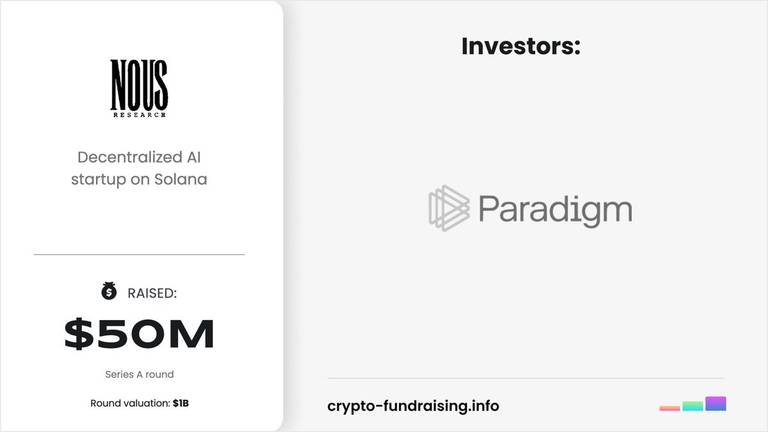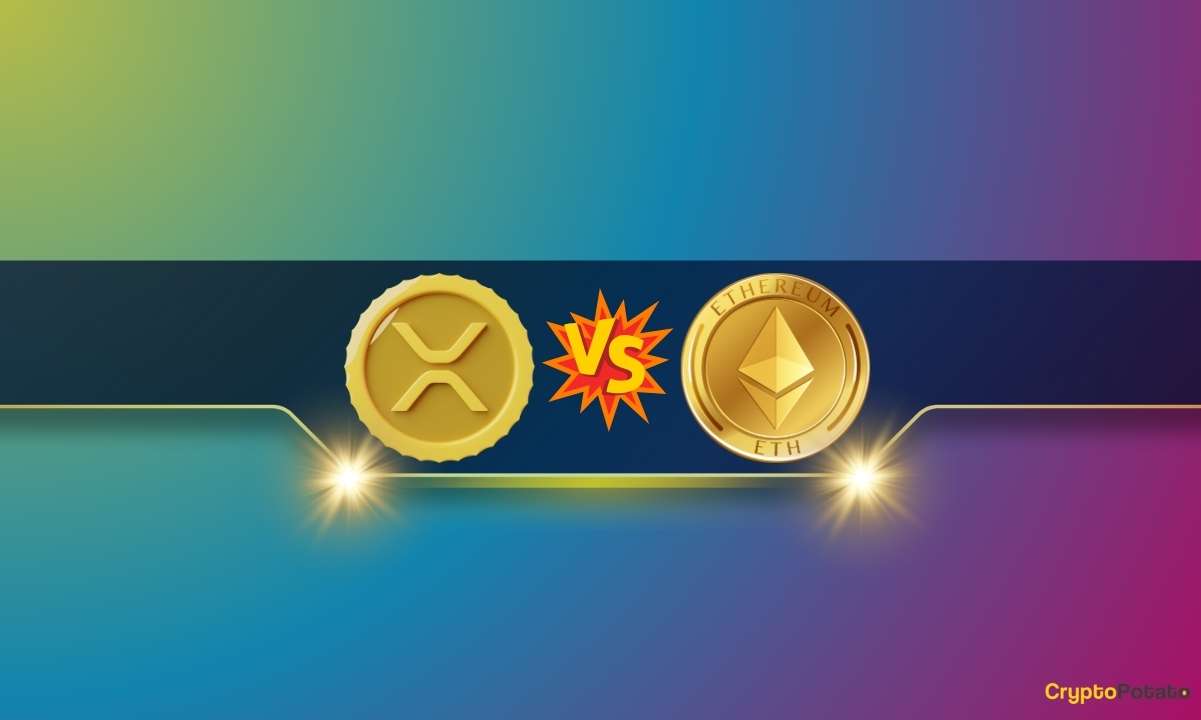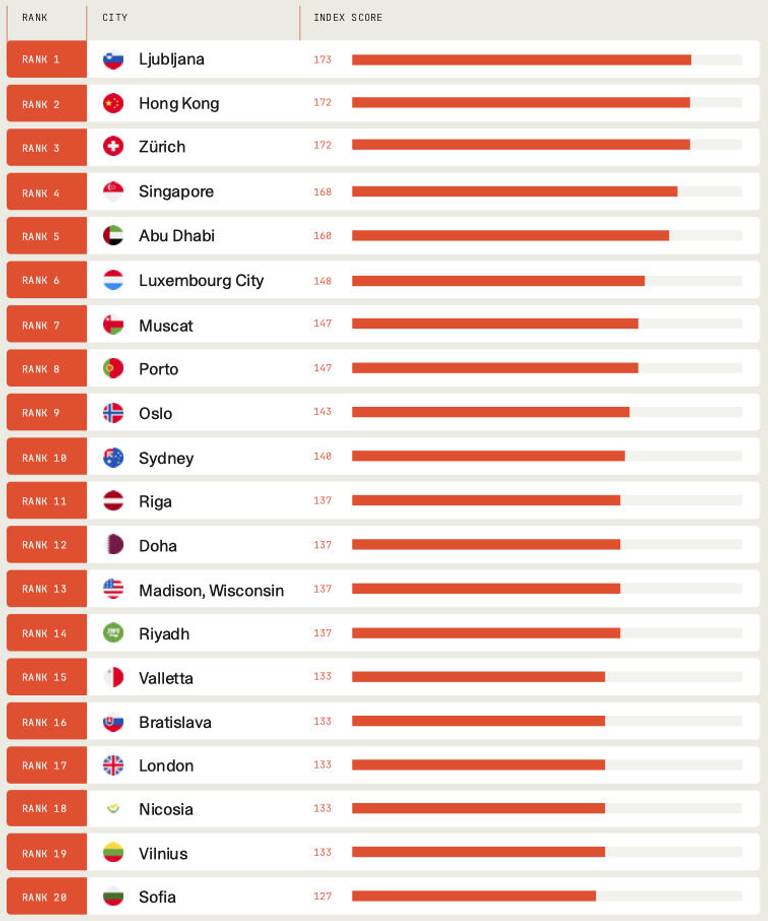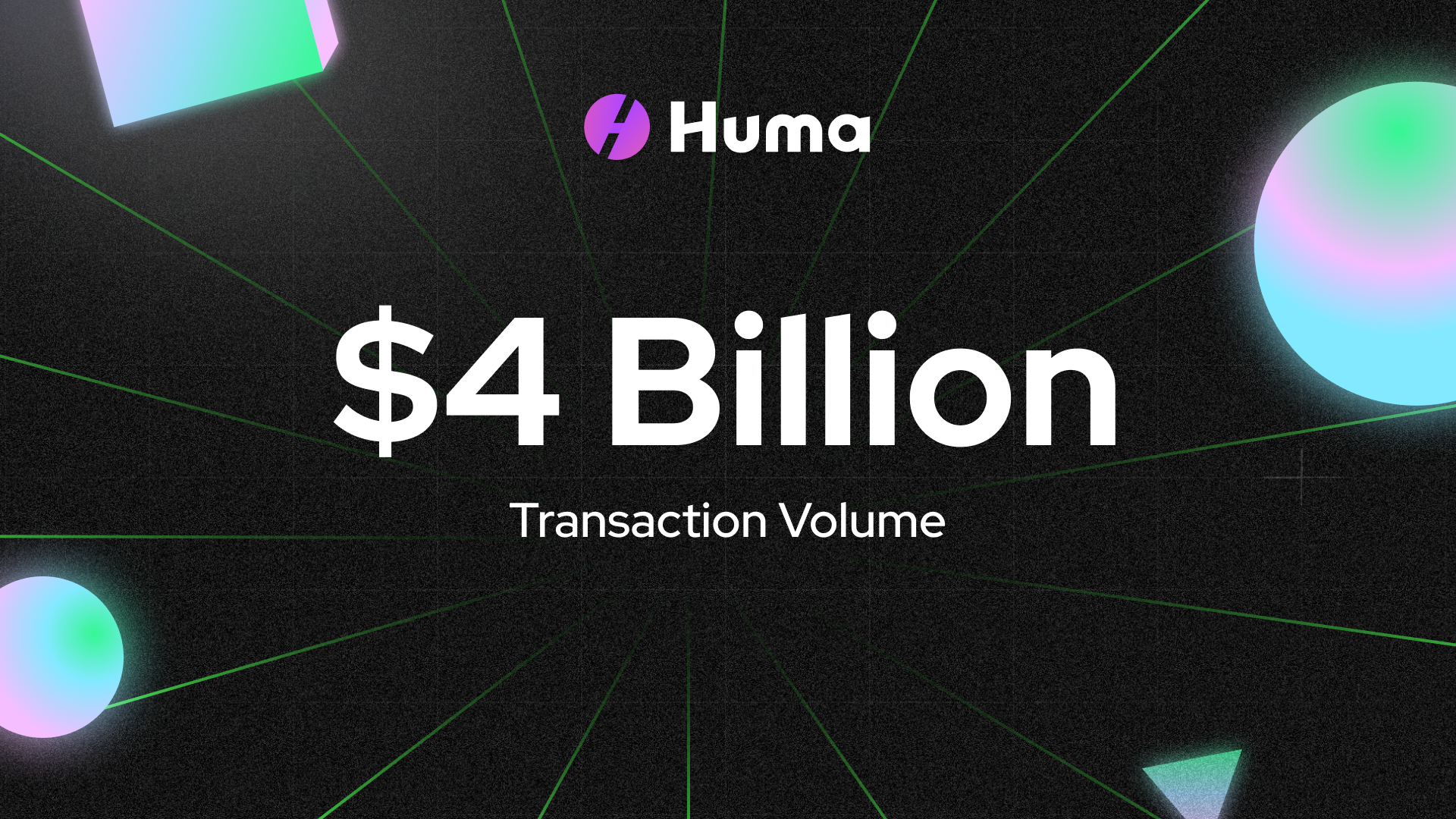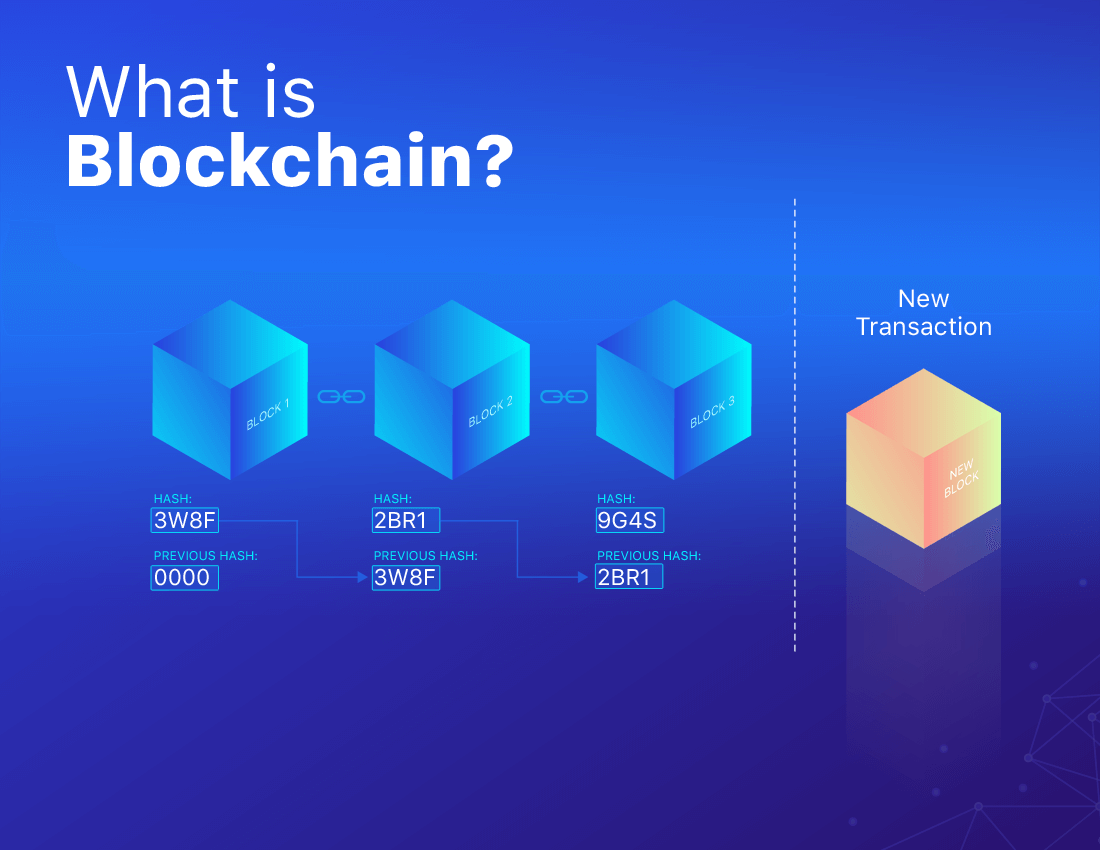
Blockchain technology has emerged as a groundbreaking innovation with the potential to revolutionize various aspects of our digital world. At its core, a blockchain is a decentralized ledger that records transactions across a peer-to-peer network. This innovative approach allows participants to confirm transactions without the need for a central clearing authority, fundamentally altering how trust and verification are established in digital interactions. It can be understood as an advanced database mechanism that facilitates transparent information sharing within a business network. This database stores data in blocks that are linked together in a chain, forming a chronological and unalterable record of events. Blockchain and cryptocurrencies are not the same as often perceived. The fundamental definition of blockchain emphasizes the concepts of decentralization, immutability, and a shared, distributed ledger. These core attributes are consistently highlighted across various expert sources, underscoring their paramount importance in understanding what blockchain technology truly is. These differentiating factors, most notably decentralization and immutability, are what imbue blockchain technology with its revolutionary potential and enable its diverse applications across various industries. Decoding the Blocks and Chains Blocks: The Building Units In blockchain technology, data is organized and stored in fundamental units known as blocks. These blocks are designed to store transaction data and are sequentially linked to preceding blocks, forming an ordered chain. Each block incorporates a cryptographic hash of the block that came before it, along with a timestamp indicating when the block was created and transaction data, which is often structured using a Merkle tree to ensure data integrity. A single block within a blockchain transaction serves to record the movement of assets, whether physical or digital, from one participant to another within the network. Once a transaction has been recorded within a block, its validity must be confirmed by the majority of participants on the distributed blockchain network through a process called consensus. Each block is assigned a unique identifier, akin to a fingerprint, known as a hash. This hash is generated based on the data contained within the current block as well as the hash of the immediately preceding block in the chain. Furthermore, blocks contain metadata within their header, which includes crucial information such as a timestamp to denote the block’s creation time, a random number called a nonce used in the mining process for certain types of blockchains, and the cryptographic hash of the previous block. The data stored within these blocks is not limited solely to monetary exchanges; it can encompass a wide array of data types, illustrating the versatility and broad applicability of blockchain technology across various domains. The fundamental definition of blockchain emphasizes the concepts of decentralization, immutability, and a shared, distributed ledger. While the terms “digital ledger” or “database” provide a familiar starting point for comprehension, it is crucial to recognize the key distinctions that set blockchain apart from traditional databases. These differentiating factors, most notably decentralization and immutability, are what imbue blockchain technology with its revolutionary potential and enable its diverse applications across various industries. Chains: The Linkages Between the Blocks The organization of blocks in blockchain technology follows a sequential and cryptographic linkage, forming what is aptly named a chain. Each new block that is added to the blockchain is securely connected to the blocks that came before and after it through the use of cryptographic hashes. A critical aspect of this linkage is that the cryptographic hash of a block incorporates data from the preceding block in the chain. This design makes it computationally infeasible to alter any single block without also necessitating the modification of all subsequent blocks in the chain. The irreversible nature of this chain is a significant security feature; each newly added block reinforces the security and validation of all the blocks that preceded it, thereby strengthening the entire chain against tampering. Consensus Mechanism Before a block is added to the chain, the network has to validate the transaction using consensus algorithms like Proof-of-work (POW) and Proof-of-stake (POS). This is done to prevent fraud and ensure transparency. Different Types of Blockchain Public Blockchain: A public blockchain is defined as a distributed ledger system that operates without restrictions, allowing individuals or entities to access, view, and participate in the network. This permissionless characteristic is central to their design, distinguishing them from the private or permissioned blockchains that impose control on network participation. Private Blockchain: Also known as permissioned blockchain, it is a type of blockchain network where access is restricted to a specific group of participants. Unlike public blockchains, these blockchains are controlled by a central authority or a consortium of trusted entities. Consortium Blockchain: It is a hybrid form of blockchain technology that combines elements of both public and private blockchains. Consortium blockchains are governed by a group of pre-selected entities or organizations that collaborate to manage the network. It is useful when multiple institutions need a shared, secure, and decentralized platform without giving full control to a single party. Real World Applications of Blockchain Blockchain in Cryptocurrencies: Bitcoin and Ethereum are built on blockchain, enabling decentralized digital currencies. Blockchain in Supply Chain Management: Blockchain helps in traceability, accountability, and efficiency in logistics. Blockchain in Healthcare: Securely stores patients’ records, ensuring privacy and quick access for authorized personnel. Blockchain in Finance: Ensures faster payments, smart contracts, and fraud prevention in the current banking system. Advantages of Blockchain Blockchain technology is a transformative force, offering multiple benefits in different sectors from medical to education. Its decentralized nature ensures that no single entity controls the network, enhancing transparency, and reducing the risk of a single point of failure. The following are the advantages that blockchain provides: Decentralization : Blockchain removes the need for an intermediary by allowing peer-to-peer transactions, reducing reliance on central authorities. Transparency: In a public blockchain, all transactions are recorded on a public ledger, allowing anyone to verify and audit the data. Immutability: Once the data is recorded on the blockchain, it cannot be altered or deleted, ensuring data integrity. Enhanced Security : Blockchain uses cryptographic algorithms to secure the data, making it highly resistant to unauthorized access. Efficient Transactions: With blockchain, settlements can be done on real real-time basis, which is useful especially in financial transactions or supply chain. Disadvantages of Blockchain Blockchain is proving to be revolutionary; however, it is not without limitations: Scalability Issues: Public blockchains often face performance bottlenecks due to limited transaction throughput. Complexity and learning curve : Blockchain development and integration require specialized skills and knowledge, making adoption difficult for some businesses. Conclusion Blockchain technology is reshaping the digital world by offering decentralized, transparent, and secure solutions across a wide range of industries. From powering cryptocurrencies to enabling smart contracts on platforms, the potential applications are vast and continuously expanding. Despite challenges, ongoing innovation and growing adoption are helping to address these issues. As we move forward into a more connected and decentralized world, blockchain will undoubtedly play a central role in shaping the technologies and economies of tomorrow.
Bitcoin World
You can visit the page to read the article.
Source: Bitcoin World
Disclaimer: The opinion expressed here is not investment advice – it is provided for informational purposes only. It does not necessarily reflect the opinion of BitMaden. Every investment and all trading involves risk, so you should always perform your own research prior to making decisions. We do not recommend investing money you cannot afford to lose.
STX Token Surges as New Financial Opportunities Emerge in the Stacks Ecosystem

The STX token has surged by 56%, reaching a two-month high. BitGo introduced sBTC to enhance Bitcoin`s usability in decentralized finance. Continue Reading: STX Token Surges as New Financial Opportunities Emerge in the Stacks Ecosystem The post STX Token Surges as New Financial Opportunities Emerge in the Stacks Ecosystem appeared first on COINTURK NEWS . Bitcoin World
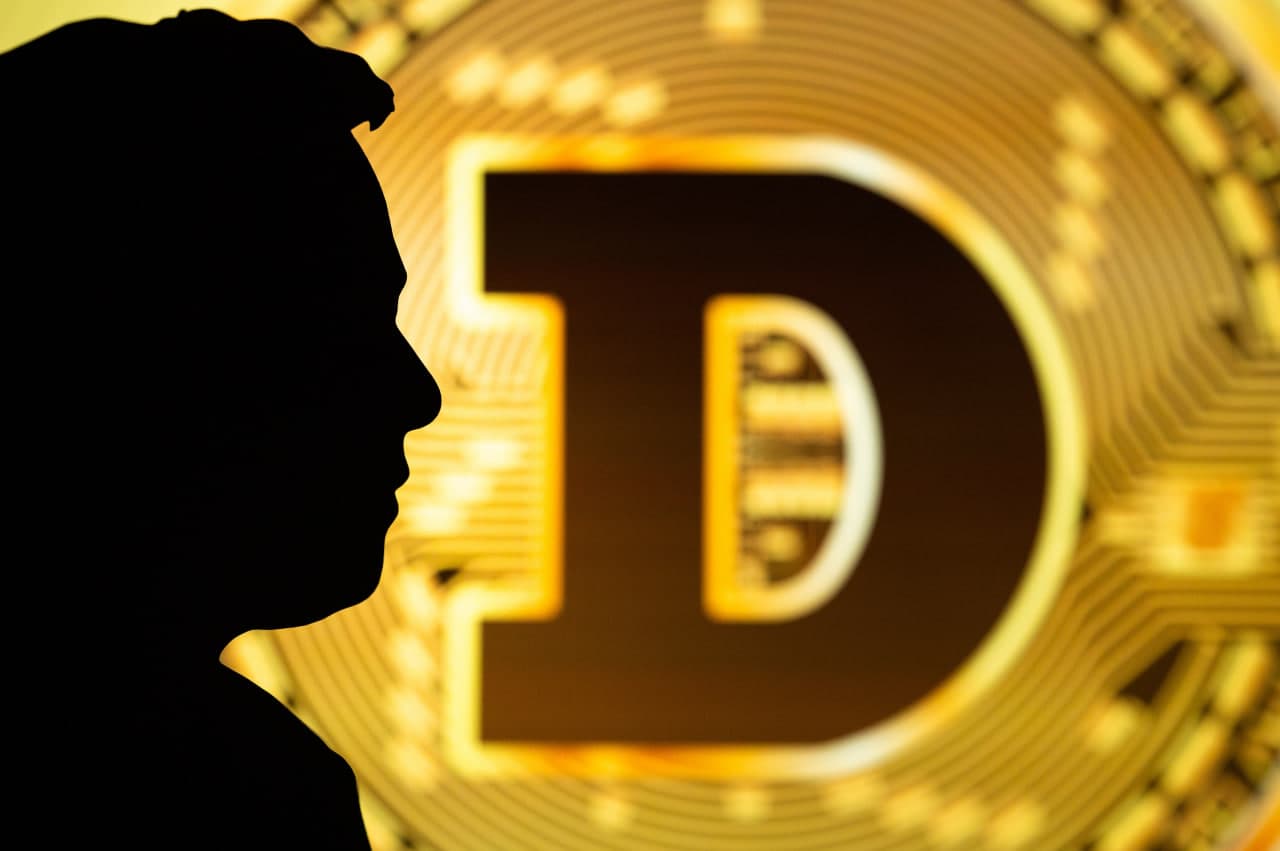
Dogecoin millionaire count soars as Musk to step back from D.O.G.E
A March 31 Finbold report found that Elon Musk’s tenure with the Department of Government Efficiency (D.O.G.E.) coincided with a 40% decline in the number of Dogecoin ( DOGE ) millionaire addresses, with the billionaire’s historical influence on the meme coin hinting at causation rather than mere correlation. However, on April 8, a process was initiated that culminated in the businessman announcing the winding down of D.O.G.E. involvement, due to a tariff spat with Pete Navarro, President Donald Trump’s trade advisor. By April 25, Finbold Research had found that Musk’s anticipated exit led to the emergence of 183 new DOGE millionaires – a 14.33% increase compared to April 8, the starting date of mounting tensions between Elon Musk, the Trump administration, and their joint government efforts via D.O.G.E. Specifically, the number of addresses holding between $1 million and $9.99 million worth of Dogecoin increased from 1,082 to 1,223 since the initial reported dispute, while the number of those worth $10 million or more rose by 21.54% from 195 to 237. How Musk’s involvement with D.O.G.E. impacted DOGE The comparison with both March 31 and April 8 demonstrates that the total number of DOGE millionaires first dropped from 1,366 to 1,277 and then increased to 1,460, demonstrating that the direction hasn’t been entirely steady. Notably, the period also saw a dramatic change in Dogecoin’s cryptocurrency market performance. Between March 31 and April 8, DOGE’s price dropped from $0.167 to a low of $0.142, and the meme coin’s market capitalization plunged from approximately $24 billion to about $19.7 billion. Between April 8 and press time on April 25, however, Dogecoin’s price rallied 27.46% to $0.181, and the cryptocurrency’s market cap increased by some $7.1 billion as it climbed to just under $27 billion. Elon Musk’s historical impact on Dogecoin Elon Musk’s historical impact cannot be dismissed, as the billionaire has served as a relatively regular trigger for major price swings since he first described Dogecoin as his favorite such cryptocurrency. Similarly, the impact the South African-Canadian-American billionaire has had on assets closely associated with him is amply demonstrated by the issues Tesla (NASDAQ: TSLA ) has faced in the stock market and on the business side. In a report published on April 24, Finbold research revealed that the first quarter (Q1) of 2025 has been especially weak for the electric vehicle ( EV ) maker is witnessed a 37.2% year-over-year (YoY) drop in sales in Europe, with Musk’s controversial political engagements being a likely driver for the disappointing numbers. !function(e,n,i,s){var d="InfogramEmbeds";var o=e.getElementsByTagName(n)[0];if(window[d]&&window[d].initialized)window[d].process&&window[d].process();else if(!e.getElementById(i)){var r=e.createElement(n);r.async=1,r.id=i,r.src=s,o.parentNode.insertBefore(r,o)}}(document,"script","infogram-async","https://e.infogram.com/js/dist/embed-loader-min.js"); Indeed, internationally, the billionaire has courted controversy, for example, by endorsing divisive political parties. In the U.S., allegations of monitoring government employees for anti-Trump sentiment using artificial intelligence ( AI ) have been just some of the many actions that have cost him approval. Elon Musk’s 2025 impact on Dogecoin In the case of Dogecoin, the situation isn’t as clear. Not only has the price of the meme coin increased significantly more than the number of millionaire addresses, but other factors such as the latest across-the-board rally and cryptocurrencies’ increasing correlation with gold , one of 2025’s best-performing investments, are also in play. Nonetheless, it is difficult to miss that the alleged Musk-Trump dispute marked a low point for Dogecoin, and the road has been overwhelmingly positive since then. Featured image via Shutterstock The post Dogecoin millionaire count soars as Musk to step back from D.O.G.E appeared first on Finbold . Bitcoin World


